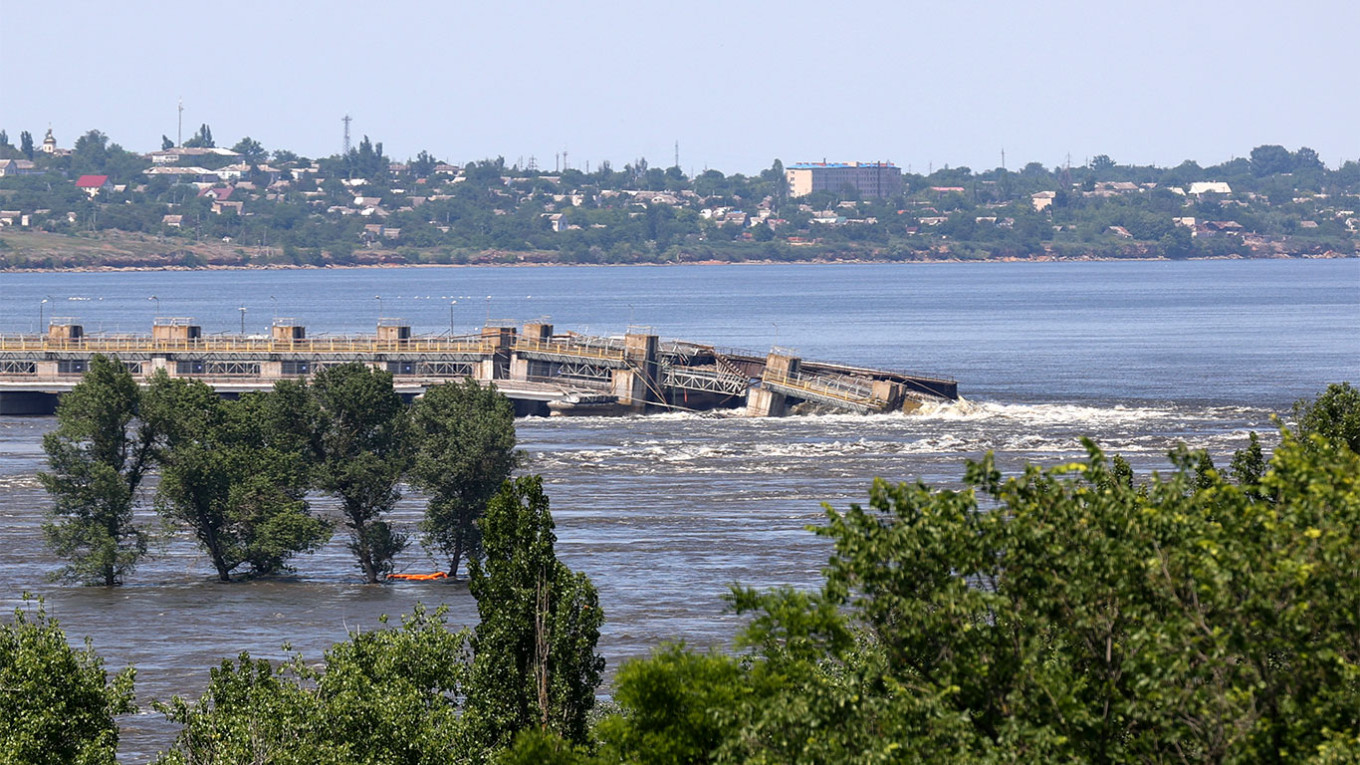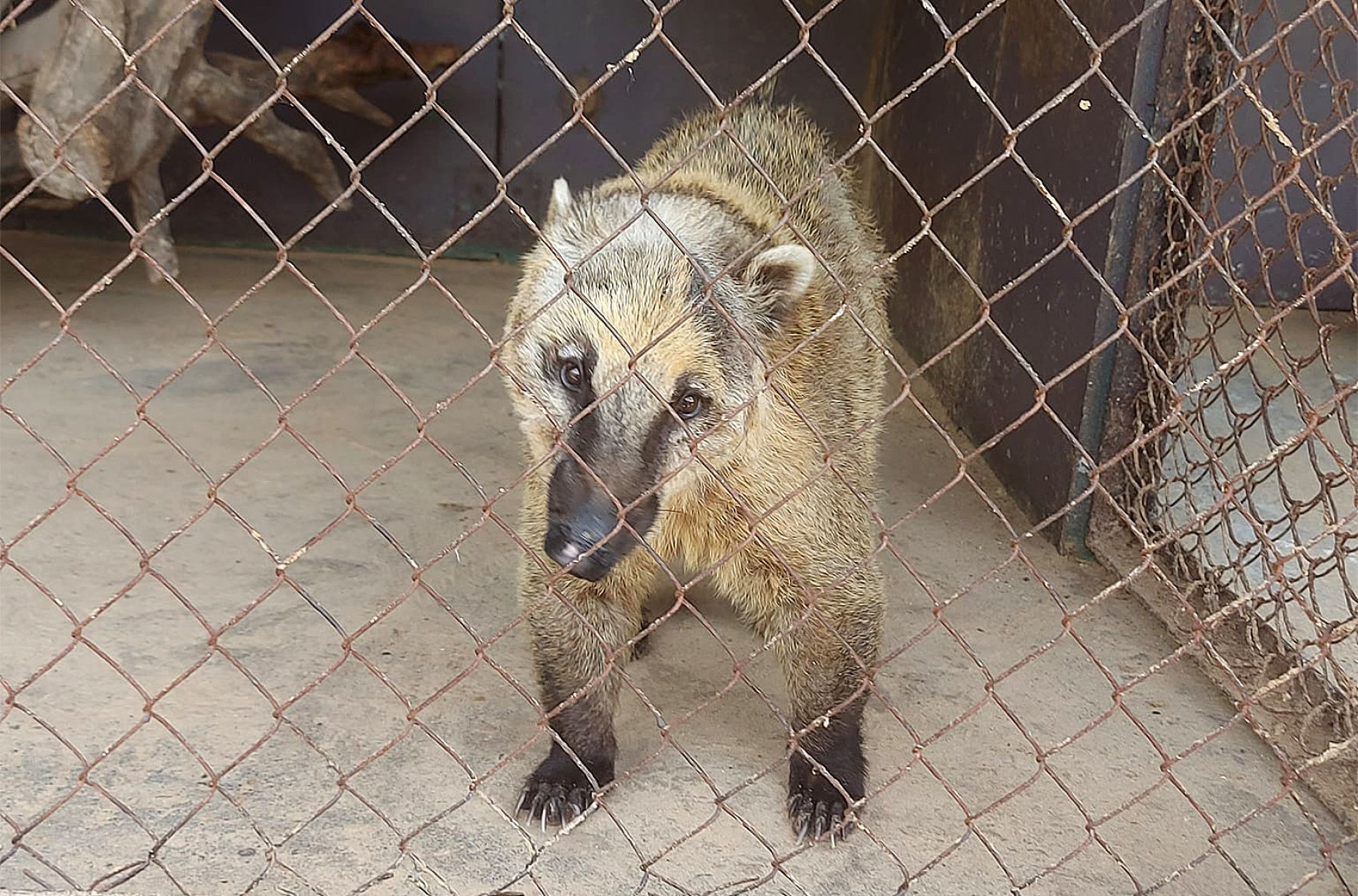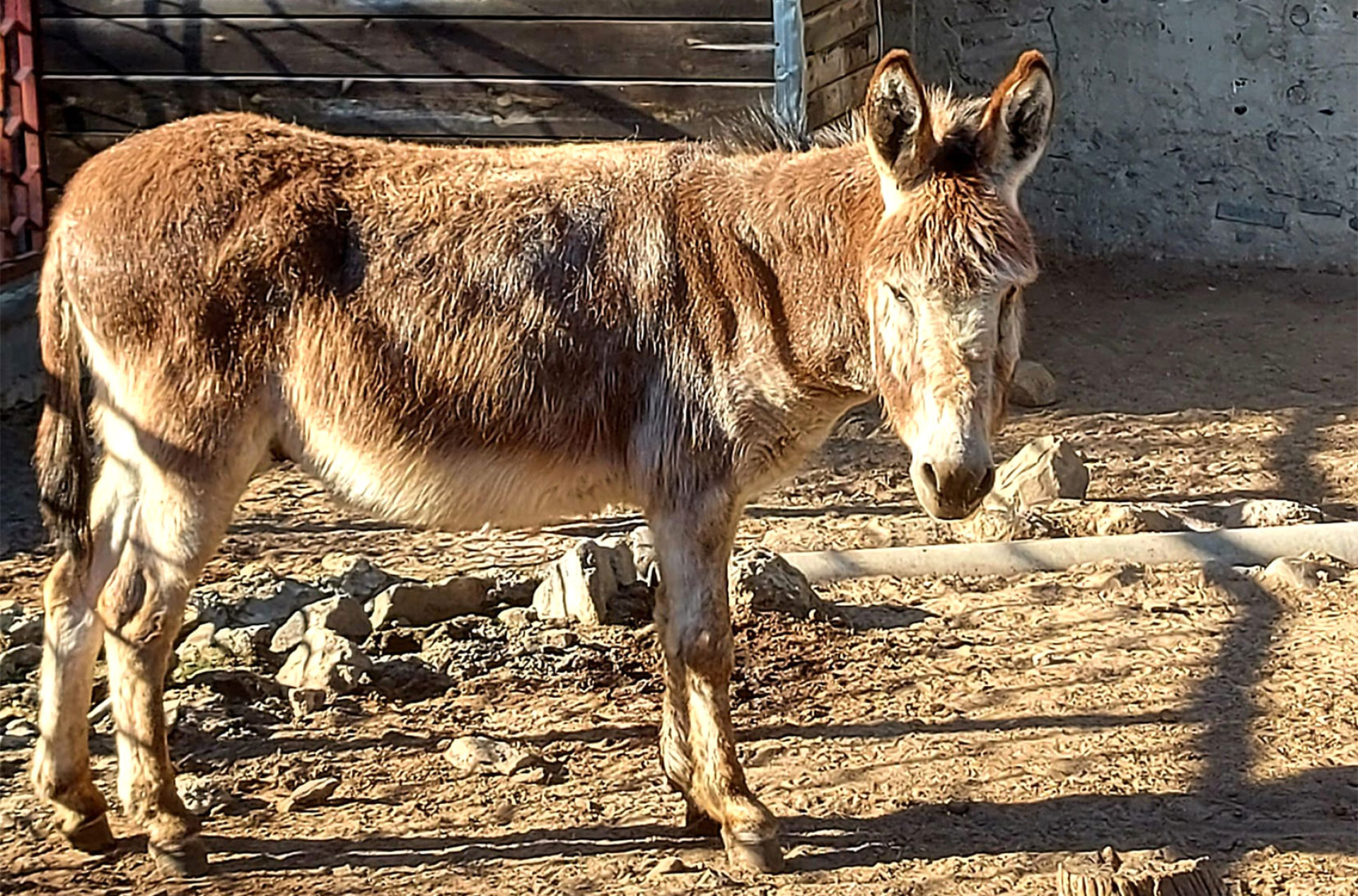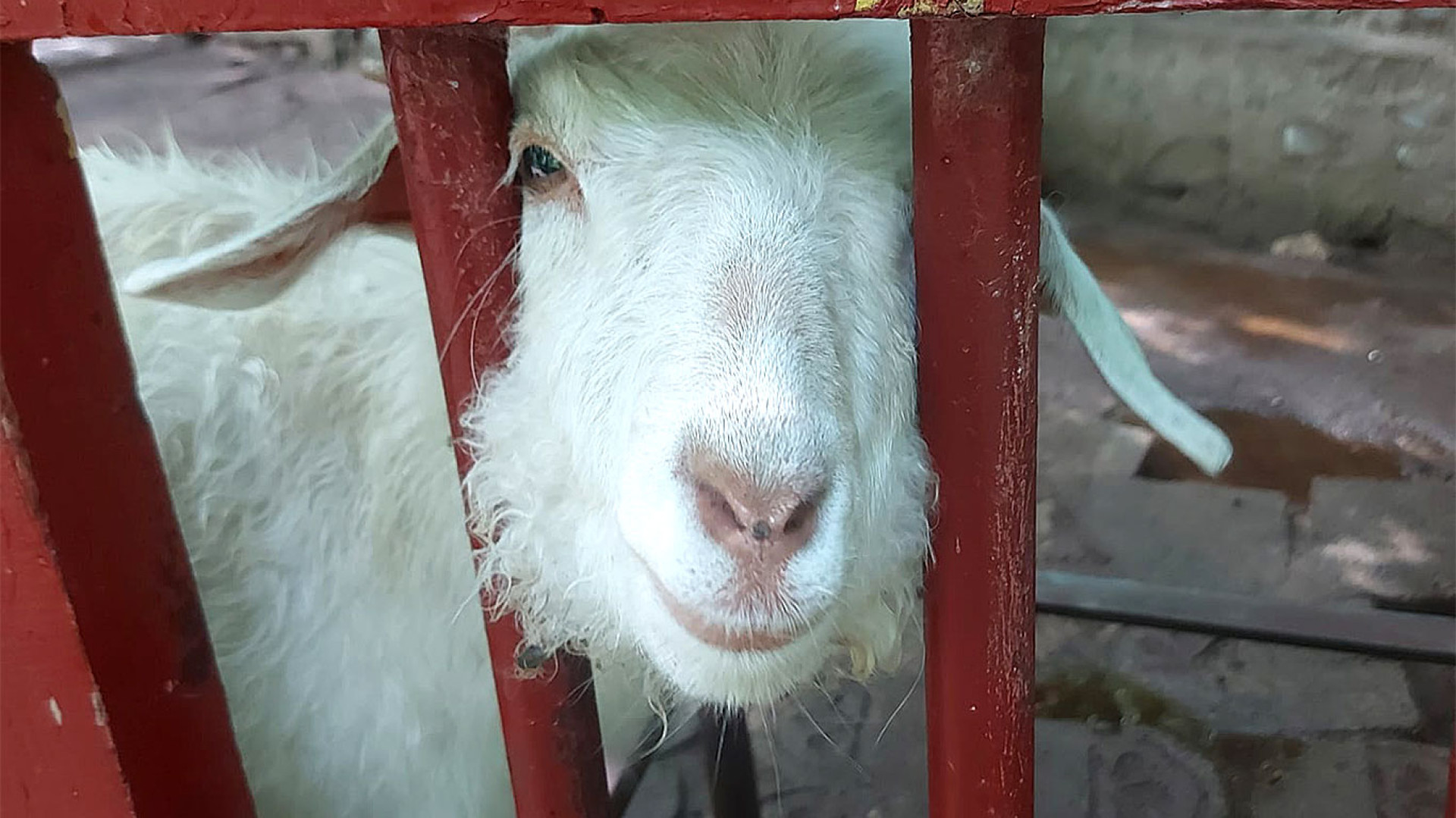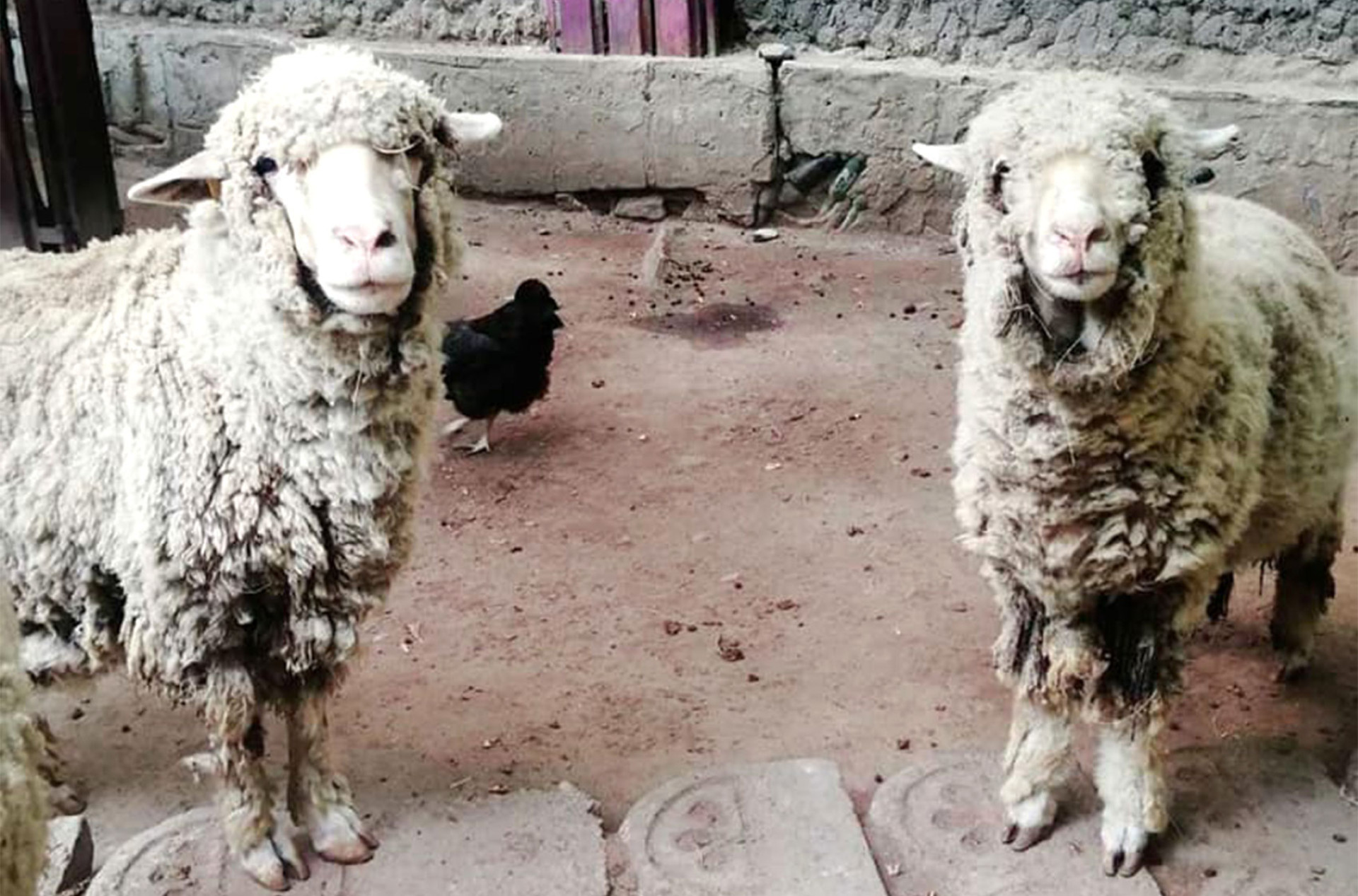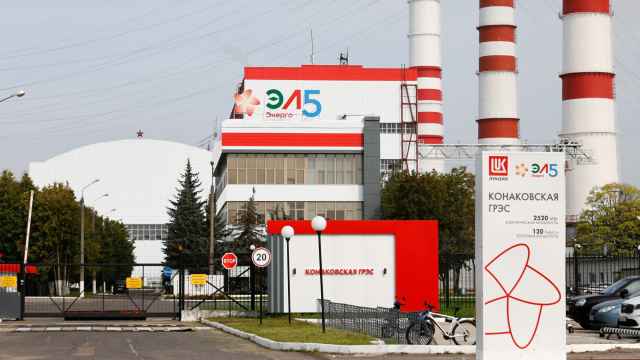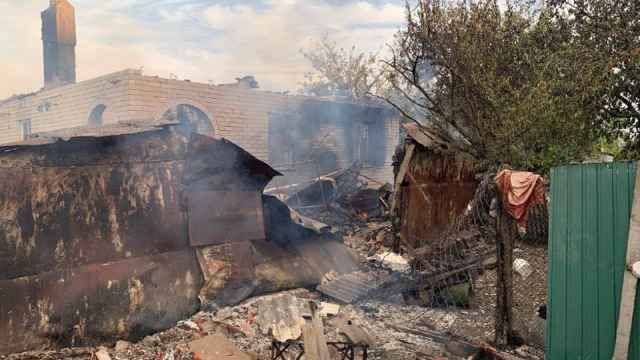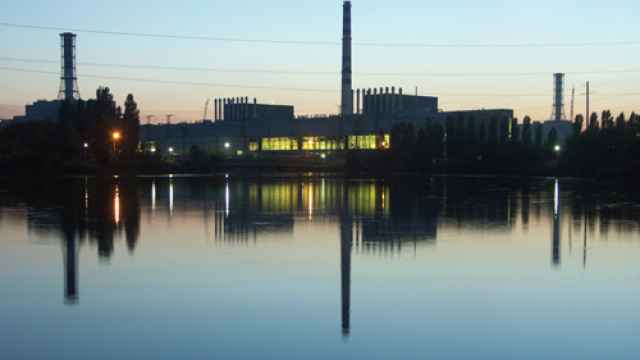A Russian-controlled dam near the frontline that supplies southern Ukraine and annexed Crimea with drinking water was significantly damaged early Tuesday, flooding the area and potentially threatening the nearby nuclear power plant.
The damage to the Kakhovka dam unleashed a torrent of water that flooded a small city and two dozen villages, sparking the evacuation of 17,000 people.
Both Russia and Ukraine blame each other for the attack.
Here's what we know about the incident and its wider consequences for the war:
Why is the Kakhovka dam important?
The 3.3-kilometer-long dam on the Dnipro River was captured by Russian forces at the beginning of their February 2022 invasion.
The dam held back a massive reservoir that is a strategic water source for southern Ukraine's Kherson region and the Russian-annexed Crimean peninsula, and flooding could potentially block Ukrainian forces seeking to regain lost territory.
The damage has increased fears of a nuclear incident, as the Zaporizhzhia nuclear power plant — Europe's largest nuclear plant — is located nearby.
The flooding could also have implications for Ukrainian forces' anticipated counteroffensive to reclaim territories captured by Russia during its 15-month invasion.
What do Ukraine and Russia say?
Ukrainian President Volodymyr Zelensky has blamed Russia for the dam collapse and summoned an emergency national security council session.
"The world must react," he said on social media, adding that Russia had carried out "an internal explosion of the structures" of the plant at 2:50 a.m. local time.
"This is just one Russian act of terrorism. This is just one Russian war crime," he added, accusing Russia of committing an act of "ecocide."
"Russia is at war with life, with nature, with civilization," he added. "Russia must leave Ukrainian land and must be held fully accountable for its terror."
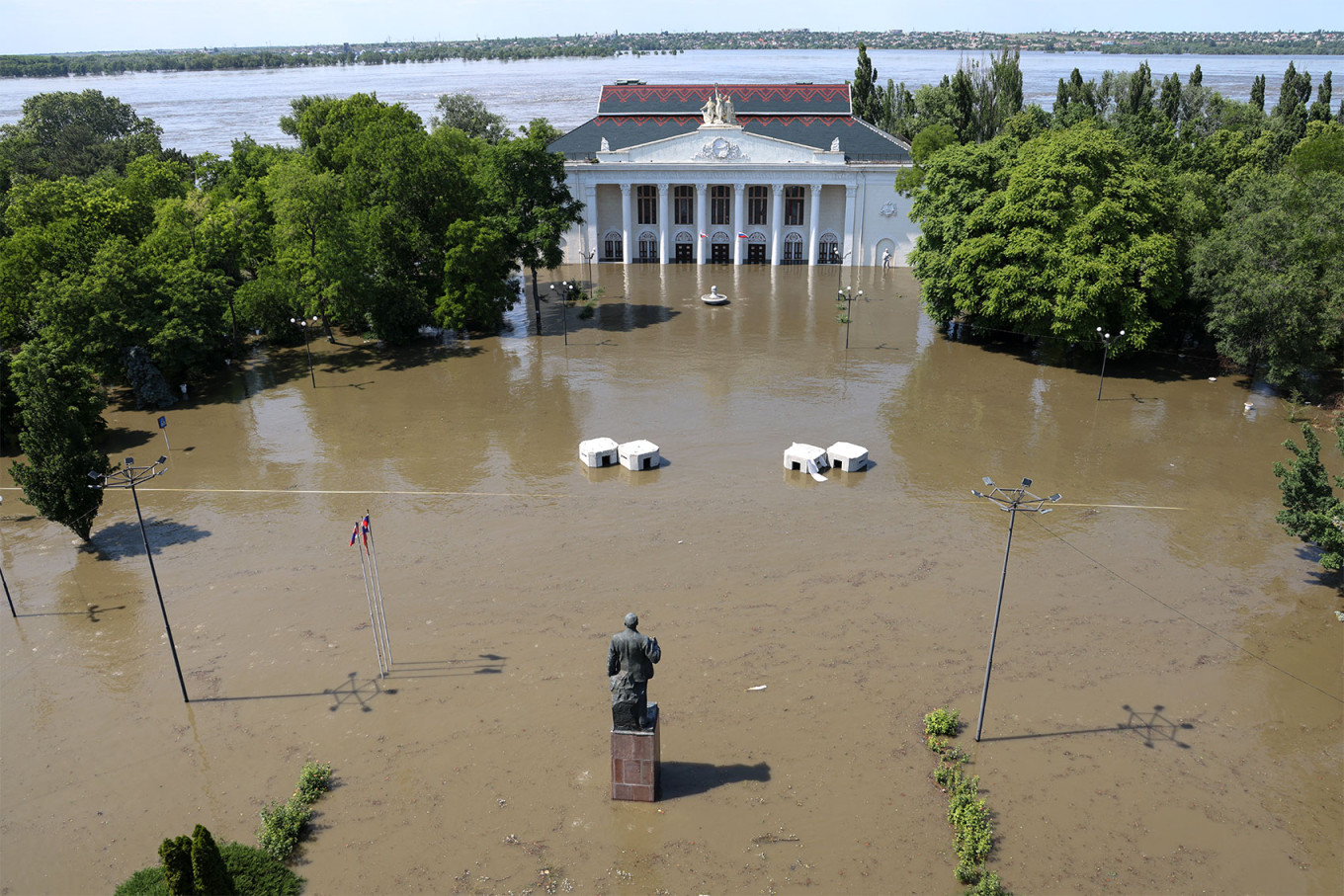
Ukraine's hydroelectricity operator said that the power station linked to the Kakhovka dam had also been "completely destroyed."
"The station cannot be restored, it is completely destroyed... The hydraulic structure is being washed away," Ihor Syrota, the head of Ukrhydroenergo, said on television.
The Kremlin meanwhile accused Ukraine of “deliberate sabotage,” claiming that Ukrainian forces damaged the dam after allegedly suffering early losses in their counteroffensive launched 48 hours ago.
Kremlin spokesman Dmitry Peskov also warned that the damage could have “very serious consequences for tens of thousands of residents, environmental consequences and consequences of a different nature that are yet to be established.”
“The Kyiv regime should bear all the responsibility for all the consequences,” Peskov told reporters.
The Kherson region's Russian-installed leader Vladimir Saldo said "everything is fine" in Nova Kakhovka.
“People are calmly moving at the streets…gas stations are working, some shops are working, even enterprises are working,” Saldo said in a video, with flooded streets seen directly behind him.
How will this affect the war between Russia and Ukraine?
News of the damage came after Russia claimed Ukraine had started its long-awaited counteroffensive.
Ukraine said that Russia's goal was to "create obstacles" for Kyiv's offensive to retake territory from Moscow's forces.
Kyiv previously accused Moscow of mining the dam as combat raged nearby in October, during the last major offensive by Ukrainian forces seeking to regain lost territory. Russia denied the claim.
However, military bloggers were divided over the flooding's implications for Ukrainian forces' anticipated counteroffensive to reclaim territories captured by Russia during its 15-month invasion.
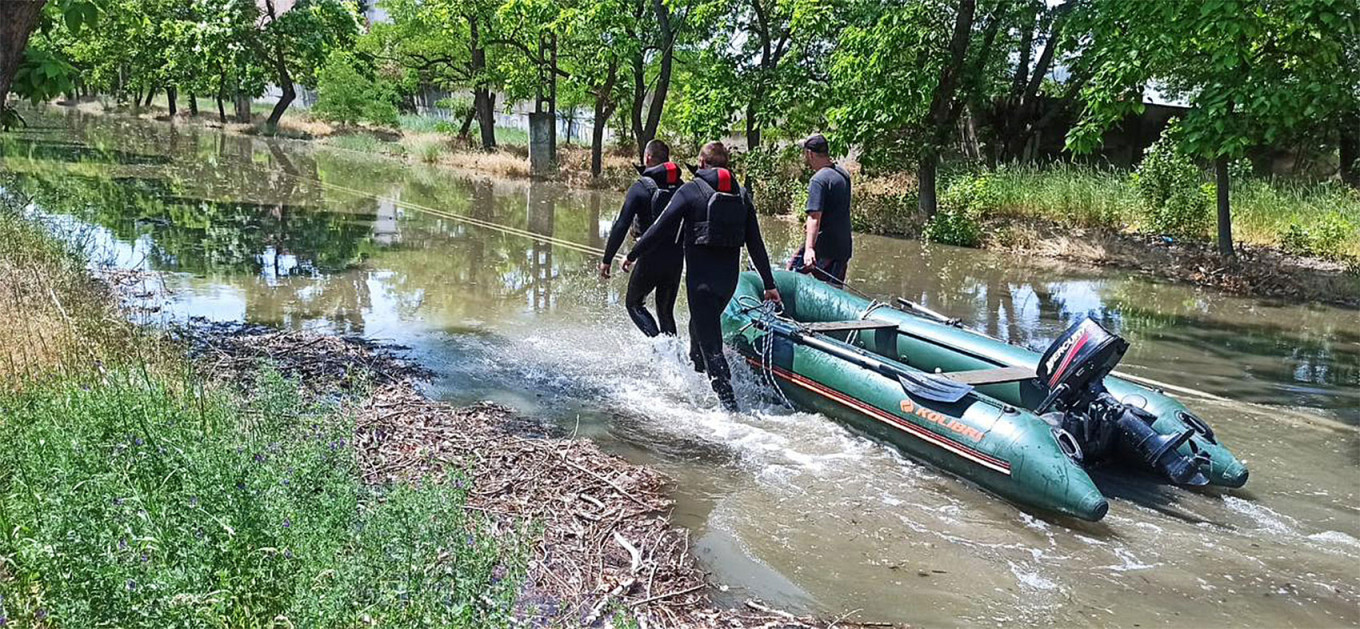
Some military and OSINT bloggers also questioned whether the breach was caused by a deliberate attack, saying that the collapse could be the result of previous shelling.
“It makes no sense for either side to undermine the dam,” said Ruslan Leviev, the founder of the Conflict Intelligence Team which investigates the Russian military.
How will the local population and the environment be impacted?
Russia, which controls the left bank of the Dnipro River, said over 22,000 residents in 14 areas were in potential flood zones but there was no risk of flooding for major population centers.
About 16,000 people are in a critical flood zone, according to Ukrainian officials.
Vladimir Leontyev, the Russian-installed mayor of the town of Nova Kakhovka where the dam is located, said residents of "around 300 homes" had been evacuated.
Ukraine warned of a potential "ecocide" after 150 tons of engine oil spilled into the river as a result of the attack.
The Nova Kakhovka zoo, which housed some 260 animals, was one of the first areas to flood. Nearly all the animals at another zoological garden, Kazkova Dibrova, died after they were unable to escape the flooding, the UAnimals animal rights group said.
In addition to the flooding, the dam collapse raised fears of a nuclear incident as the Zaporizhzhia nuclear power plant relies on the Kakhovka reservoir for its cooling system.
The UN's International Atomic Energy Agency (IAEA) said its experts were "closely monitoring the situation" but that there was "no immediate nuclear safety risk at the plant."
The Russian-installed director of the plant, Yuri Chernichuk, echoed the UN agency and said that "at the moment, there is no security threat to the Zaporizhzhia nuclear power plant."
"The water level in the cooling pond has not changed," he said, adding that the "situation was controlled by personnel."
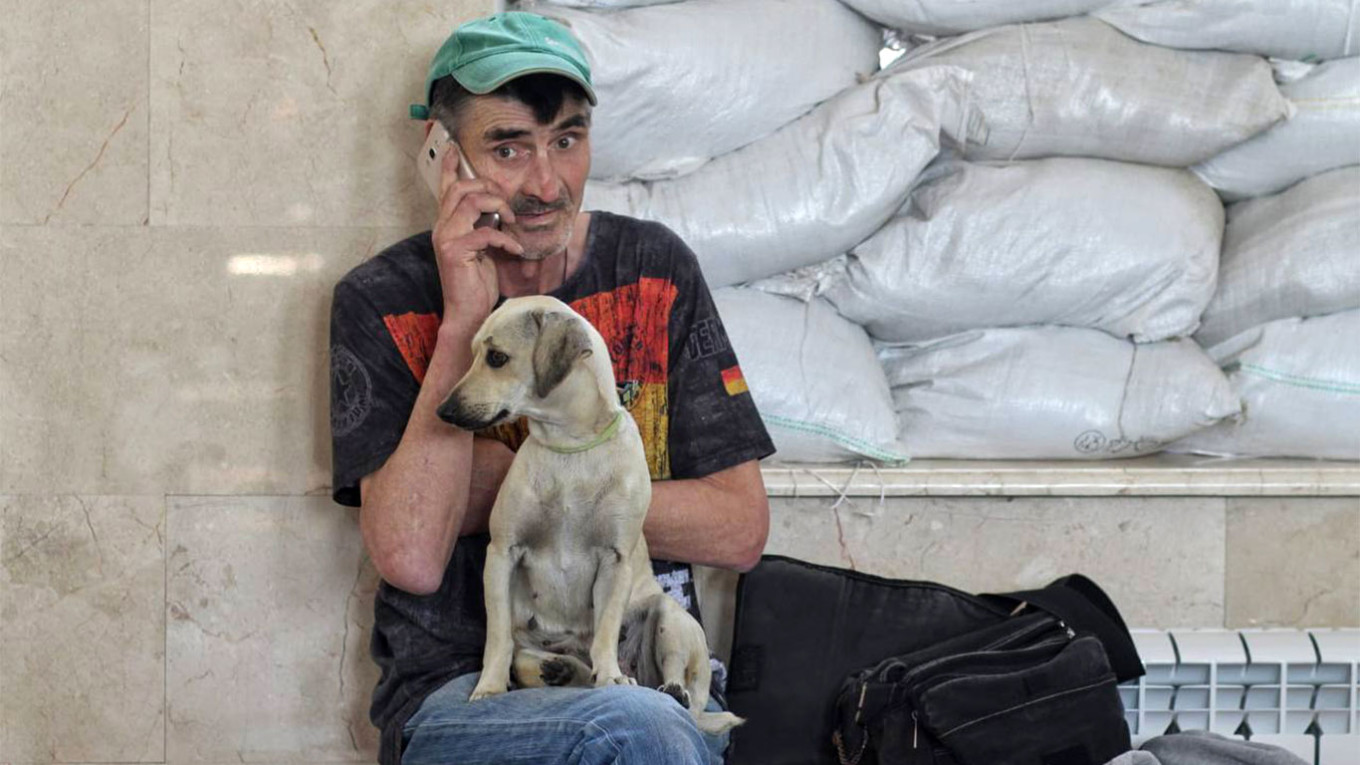
Chernichuk said the water cooling system was not in direct contact with the outside environment and could be refilled from several alternative sources.
Ukraine’s nuclear operator Energoatom however said the water level of the Kakhovka reservoir was "rapidly decreasing, which is an additional threat to the temporarily occupied Zaporizhzhia nuclear power plant."
It said it was "monitoring the situation" and that the cooling plant's current pond water level was "sufficient for the power plant's needs."
A Message from The Moscow Times:
Dear readers,
We are facing unprecedented challenges. Russia's Prosecutor General's Office has designated The Moscow Times as an "undesirable" organization, criminalizing our work and putting our staff at risk of prosecution. This follows our earlier unjust labeling as a "foreign agent."
These actions are direct attempts to silence independent journalism in Russia. The authorities claim our work "discredits the decisions of the Russian leadership." We see things differently: we strive to provide accurate, unbiased reporting on Russia.
We, the journalists of The Moscow Times, refuse to be silenced. But to continue our work, we need your help.
Your support, no matter how small, makes a world of difference. If you can, please support us monthly starting from just $2. It's quick to set up, and every contribution makes a significant impact.
By supporting The Moscow Times, you're defending open, independent journalism in the face of repression. Thank you for standing with us.
Remind me later.


